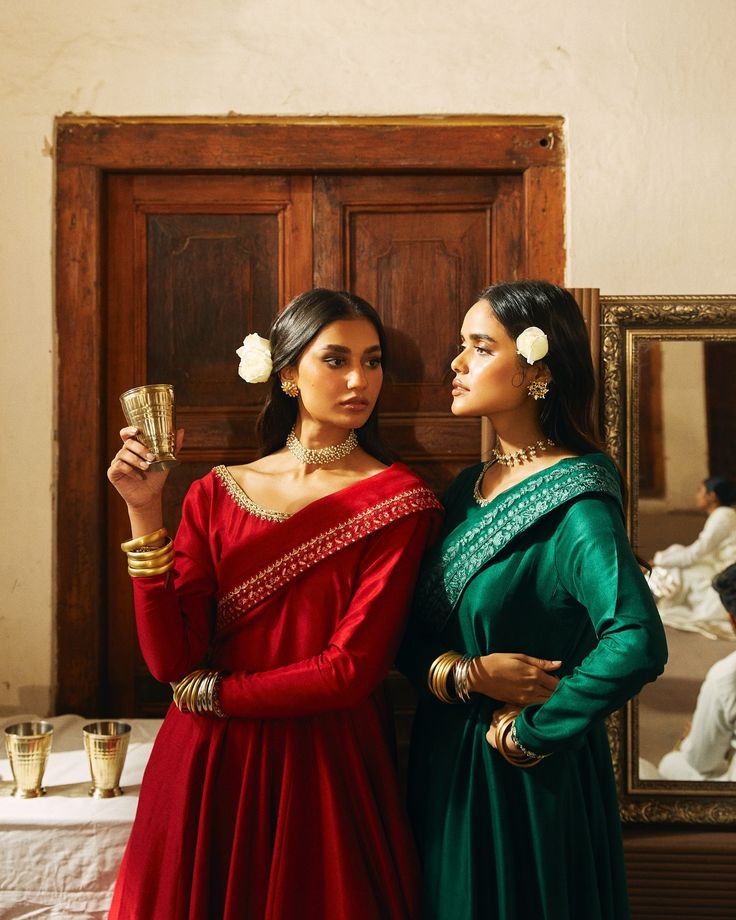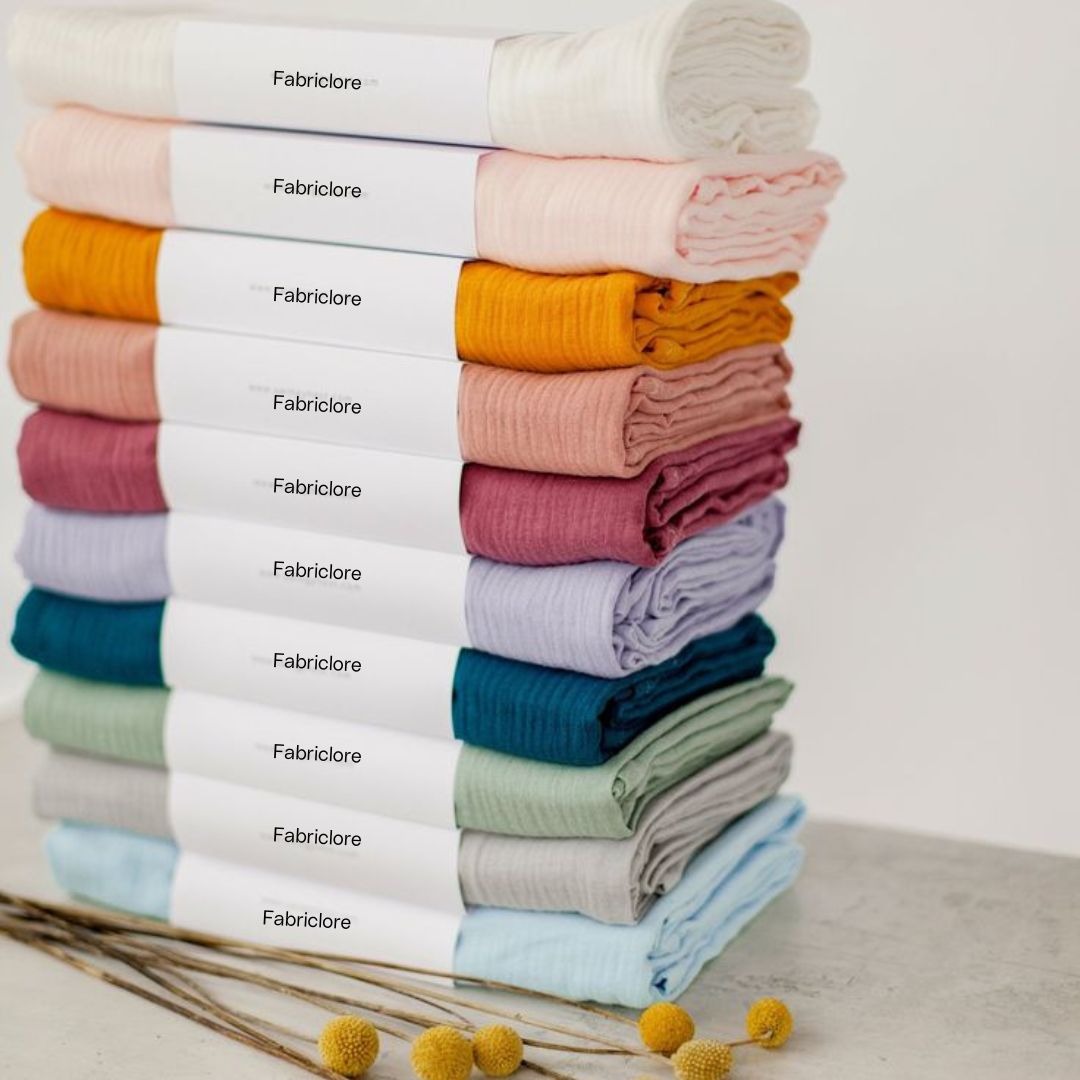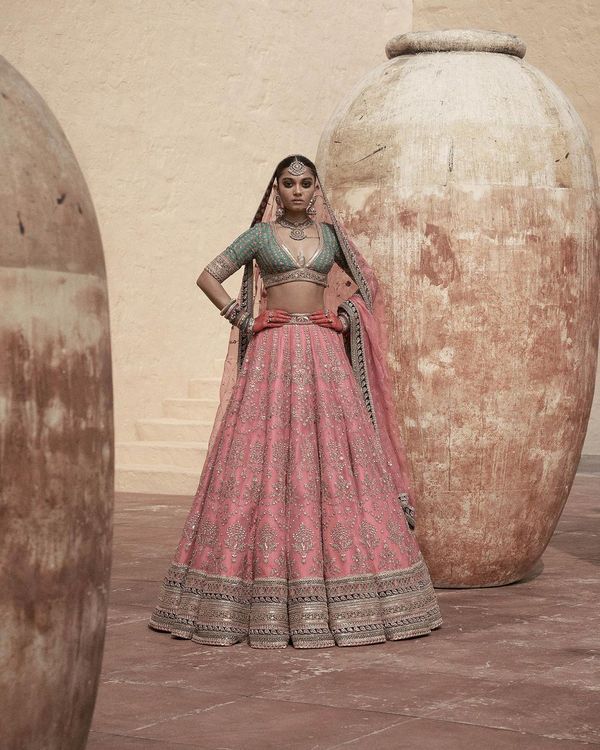Indian fashion is probably the oldest fashion industry in the world. Now, when people think about the Italian and French brands as luxurious fashion statements, long back India was making headlines before the fashion industry even existed. Known to be deeply rooted in the diverse cultural and historical landscape, the Indian couture industry has many tales of facts and fascination.
From the intricate weaves of traditional sarees to the bold hues of hand-dyed fabrics, Indian textiles have always been celebrated for their craftsmanship and uniqueness. However, after years of colonial struggle, outsider influence, and recession, the journey of Indian fashion brands from local markets to international runways is a story of innovation and adaptability.
Are you wondering how some of the leading Indian fashion brands started as a small shop and expanded to the runways? Well, here’s some interesting info.
The Roots: Traditional Indian Fashion
India is celebrated for its vibrant colors and its fashion industry is no exception. From unique styles, and fabrics to different weaving techniques, artisans have created magic with their bare hands in the Indian textile business. Whether we are talking about the Banarasi silk sarees from Varanasi, Pashmina shawls from Kashmir, or Kanchipuram sarees from Tamil Nadu, Indian textiles have long been synonymous with elegance and luxury.
The Rise of Indian Designers
Let’s face it: since time immemorial, people have been buying textiles from India. The chikankari and zardozi work is still a classic and several block printing techniques, fabrics, and procedures are more interesting and precise than you can even imagine today. However, Indian artists in the textile business seldom got recognition for their work. This was the case until the late 20th century, which marked a milestone in Indian vogue.
Homegrown brands and Indian designers started experimenting with traditional fabrics and techniques and blended them with contemporary silhouettes and designs. Well-known names like Ritu Kumar, Rohit Bal, Gaurav Gupta, Manish Malhotra, and Sabyasachi Mukherjee emerged as pioneers of blending traditional Indian aesthetics with modern designs.
In fact, some designers truly have an inspiring journey that you would love to know. These include-
- Sabyasachi: This brand started when Indian fashion was gaining recognition and the competition in fashion was tough. Overcoming financial constraints and building a strong clientele was tough for Sabyasachi Mukherjee, but his persistence and unique aesthetic eventually led to widespread acclaim.
- Manish Malhotra: From earning INR 500 a month to being one of the most acclaimed and highly paid Bollywood designers and a judge panelist in the reality show Myntra Fashion Superstar, Manish Malhotra grew up in a typical Punjabi household and was fascinated by Bollywood. He would watch every single film that was released and decided to be a model, but eventually, he struggled, broke norms in the fashion industry, and made his career from a boutique worker to an ace couturier.
The advent of Fashion Weeks
While the fashion scene in Europe was more glamorous than the rest of the world, reaching the runway of Paris was no easy feat. Indian brands started their fashion weeks. Platforms like the Lakme Fashion Week in India gave Indian designers a massive opportunity to attract international attention and the runway became a stage for homegrown brands and designers to experiment, innovate, and present their interpretations of contemporary fashion. The exposure Indian runways gave fashion brands led to global attention and made Indian ethnic designs reach a wider audience.
The Contributing Factors
The intricate craftsmanship, bold hues, and rich legacy of unique textiles were a USP that caught the eye of worldwide fashion enthusiasts. However, celebrities and influencers also played a gigantic role in making Indian textiles famous worldwide.
Bollywood stars like Priyanka Chopra and Deepika Padukone, along with international icons like Beyoncé and Naomi Campbell were seen wearing Indian designer outfits. The result? Indian designers started getting recognition and showcased their collections at international fashion weeks in Paris, Milan, and New York. Gradually, the global fashion community embraced Indian fashion for its rich heritage, distinctive style, and sustainable markets and Indian textiles became the epitome of luxury, like they were a hundred years back.
The Fusion of Tradition and Contemporary
Previously, Indian fashion brands only focused on manufacturing Indian wear. However, with the rising demand for Western attires, designers skillfully blended traditional techniques such as hand embroidery and block printing into contemporary designs. Many designers also focused on the sustainable POV and supported local artisans to preserve traditional crafts and this approach aligned with the growing global consciousness towards sustainability and ethical fashion.
The Rise of E-Commerce and Social Media
Another challenge that stopped Indian brands from being famous previously is they weren’t easily accessible. However, with globalization at its peak and the rise of e-commerce platforms, consumers worldwide could easily access Indian fashion. Social media opportunities like Instagram seamlessly showcased the creativity and craftsmanship of Indian designers and allowed them to connect with fashion enthusiasts globally.
Conclusion
There’s no denying that Indian fashion brands have made significant strides on the international stage, but still, even many high-end brands struggle to maintain the integrity and authenticity of traditional crafts along with the quality of fabric. Are you one of those brands that want to bridge the gap between local popularity to international success and are looking for high-quality fabrics in wholesale? Source top-notch custom designs and fine, flawless fabrics from Fabriclore today!



Leave a comment
This site is protected by hCaptcha and the hCaptcha Privacy Policy and Terms of Service apply.